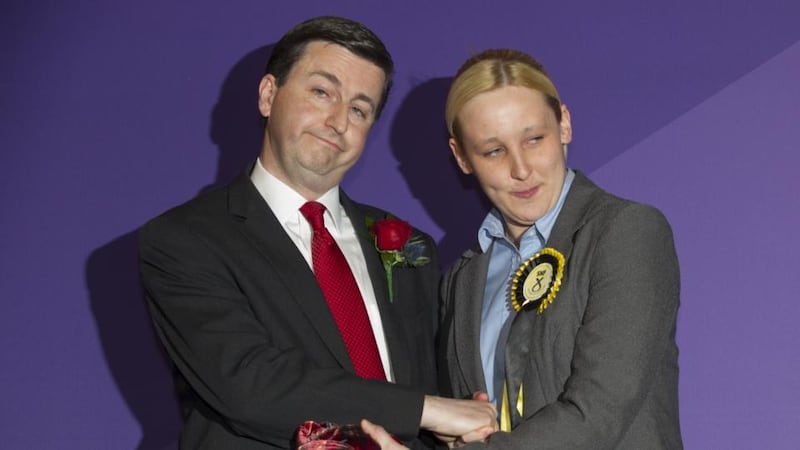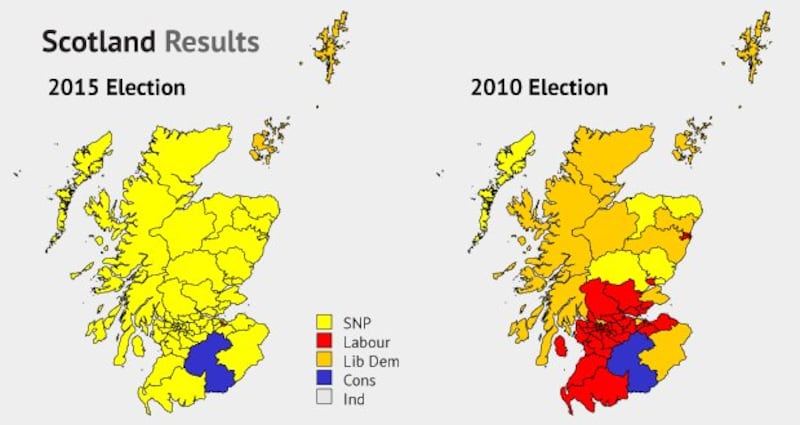Following Scottish devolution in 1999, senior Labour Party figures in Scotland have always looked to the bright lights of the House of Commons, dismissive of the parochial charms of the Holyrood parliament in Edinburgh.
The situation has changed irrevocably, following last night’s disaster in the face of the assault of the Scottish National Party, which has left Labour with just one of the 41 seats it held in 2010.
The question now is what does Scottish Labour do now? It faces the Holyrood elections next May, where it must strive to deny the SNP a continued majority there.


The party’s Holyrood team has never attracted front-ranking members, while the MPs who went to London never bought into the idea of devolution - even Labour under Tony Blair was the one that introduced it.
However, Scottish Labour has always been plagued by infighting - a habit that was visible even before the last votes were counted where ousted MPs demanded the resignation of Jim Murphy, who took over as leader just six months ago.
Illustrating the divisions exist, Ian Davidson, one of seven sitting Labour MPs to lose their seats in Glasgow, the party’s traditional heartland, said: “Morally, as the man who has led us to the biggest ever disaster that Labour has suffered in Scotland ... of course he can’t continue.”
“He was elected as party leader on the basis that he was an MP. Only MPs and MSPs can stand for the leadership,” Davidson declared, “The process of rebuilding the Labour Party has got to start with an examination of both personnel and ideas.
“And therefore Jim has got to do the honourable thing and resign. I’m sure once he has got time to reflect, he will do that,” said Davidson, who was chairman of the Commons’ Scottish Affairs Committee in the last parliament.
Scottish Labour must now begin a period of renewal, though it must first analyse honestly why the SNP has become the dominant force in Scottish politics, rather than simply thrash around in fury.
Douglas Alexander, shadow foreign secretary, who was ousted by twenty-year-old student Mhairi Black in Paisley and Renfrewshire South, where Black took won 23,548 votes with a massive 27 per cent swing.
Scottish Labour, if it can resuscitate itself, must plough a more independent furrow in future from the rest of Labour across Britain, though that could hurt Labour’s chance of ever winning power again in Westminster.







